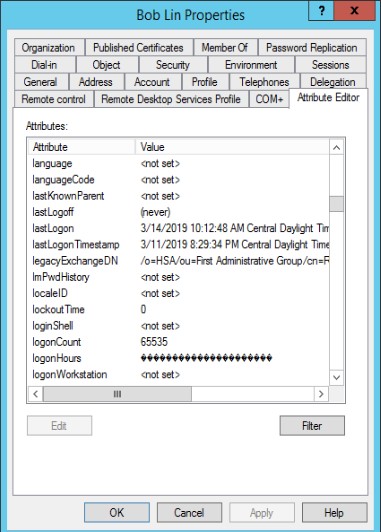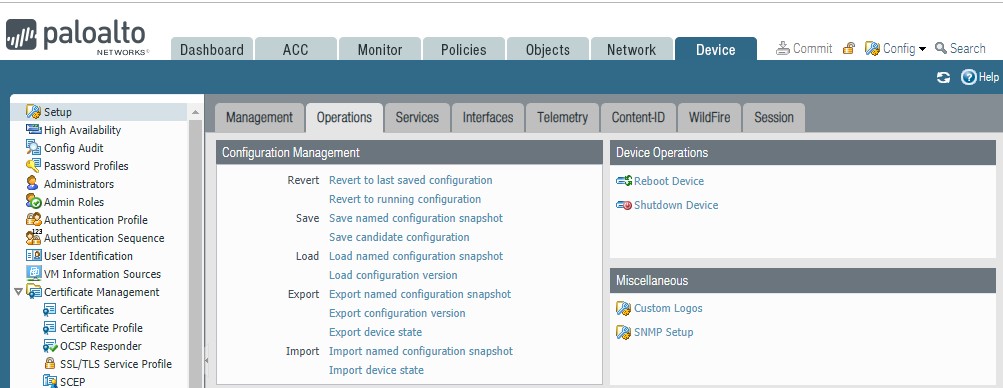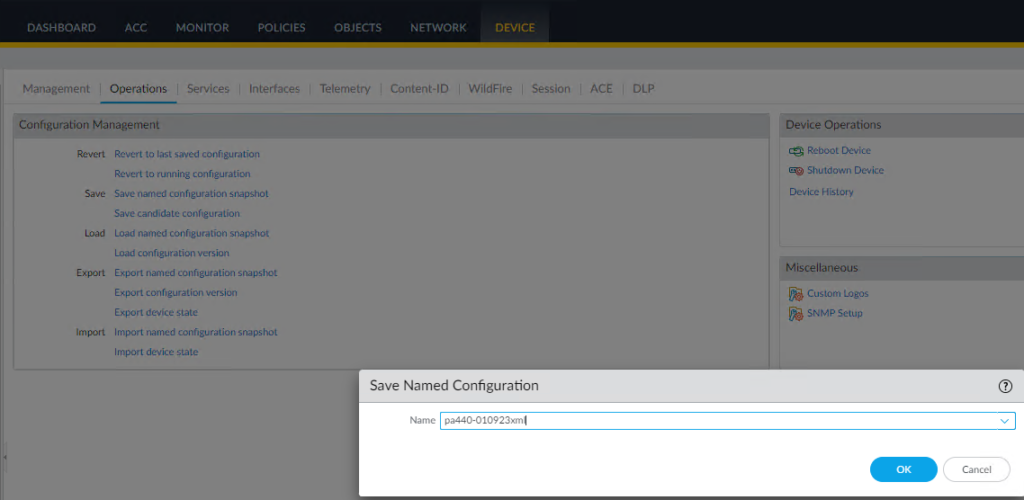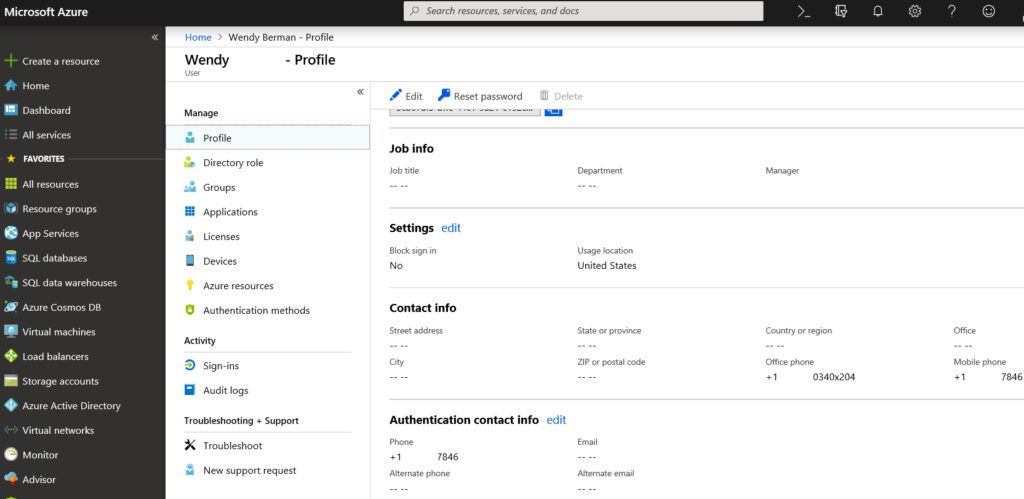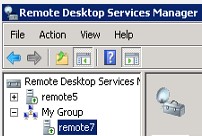You might have noticed that pressing the F8 or the SHIFT + F8 keys on your keyboard to enter Safe Mode no longer work in Windows 10. Here are some ways to run Safe Mode in Windows 10.
- Use bcdedit Command. Boot Windows 10 setup DVD or Install media. Select “Repair your computer”. When asked what option you prefer, choose Troubleshoot. On the “Advanced options” screen, click or tap “Command Prompt”. Type the command: bcdedit /set {default} safeboot minimal. Press Enter on your keyboard and, after a moment, it tells you that “The operation completed successfully.” Or you can try this command: bcdedit /set {default} bootmenupolicy legacy. Now, restart your computer and press F8 when starting.
- Use “Startup Settings” in Windows 10 installation DVD or USB recovery drive. Boot from Windows 10 installation DVD or USB recovery drive. Go to “Advanced options -> Startup Settings -> Restart.”.
- Interrupt the normal boot process of Windows 10 three times. If Windows 10 fails to boot normally three times over, the fourth time it enters by default in an Automatic Repair mode. Using this mode, you can boot into Safe Mode.

